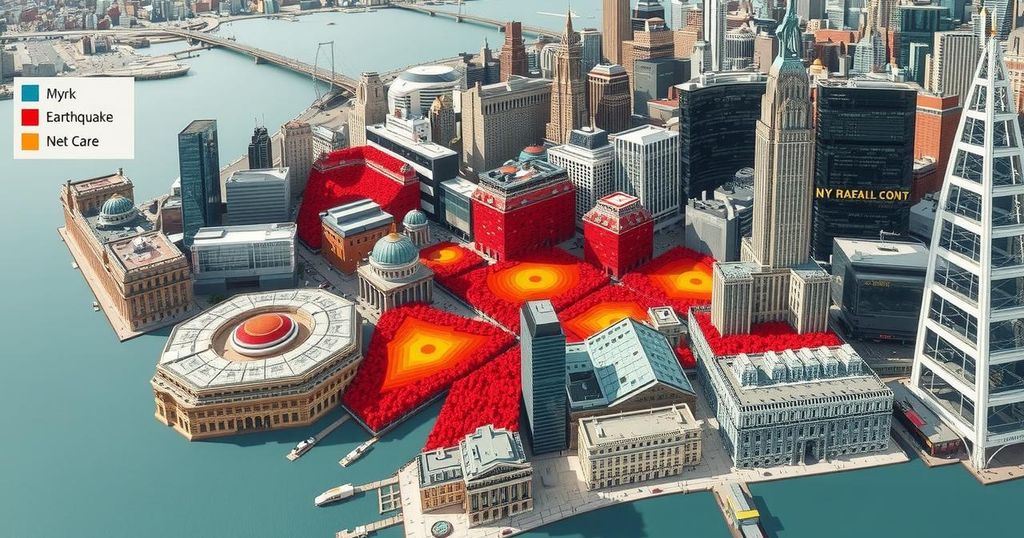A magnitude 4.8 earthquake in northern New Jersey last April caused significant ground shaking and extensive damage. It was the most powerful quake to hit the NYC metro area since 1884. Researchers theorize that the unique geometry of the fault line enabled the quake’s energy to radiate widely, prompting further investigation into the fault’s characteristics for future risk assessment.
In April, a magnitude 4.8 earthquake rocked Tewksbury Township in northern New Jersey, marking the most significant seismic event in the New York City metropolitan area since 1884. This earthquake not only caused physical damage to over 150 buildings in New York City but also instilled a sense of anxiety among residents due to its unexpected intensity. Researchers, led by seismologist Won-Young Kim from Columbia University, are investigating the quakes’ unusual impact, discovering that distinct geological factors may have caused the energy release to spread more broadly than anticipated.
Seismic activity in the New York City area is relatively rare, with historical records indicating few significant earthquakes. The April earthquake raised concerns regarding the region’s vulnerability to more intense seismic events. Researchers are now scrutinizing the fault line implicated in the quake, noting that its unique geometry could influence future seismic risks. Understanding these geological intricacies is crucial for enhancing preparedness in urban regions that are not typically associated with earthquakes.
The earthquake that occurred in northern New Jersey served as a reminder of the seismic capabilities of the region, prompting a reevaluation of geological risks. With over 150 buildings affected and tremors felt across multiple states, the event highlighted the importance of understanding fault lines and the mechanics of seismic energy propagation. The ongoing investigation by seismologists aims to provide clearer insights into potential future risks for the densely populated New York City area.
Original Source: magazine.columbia.edu






